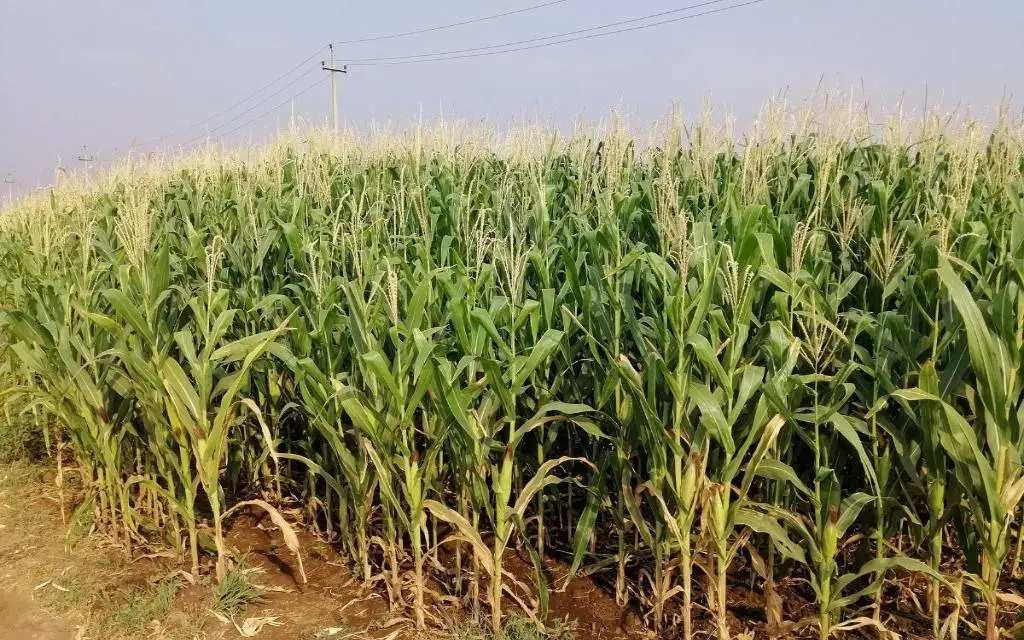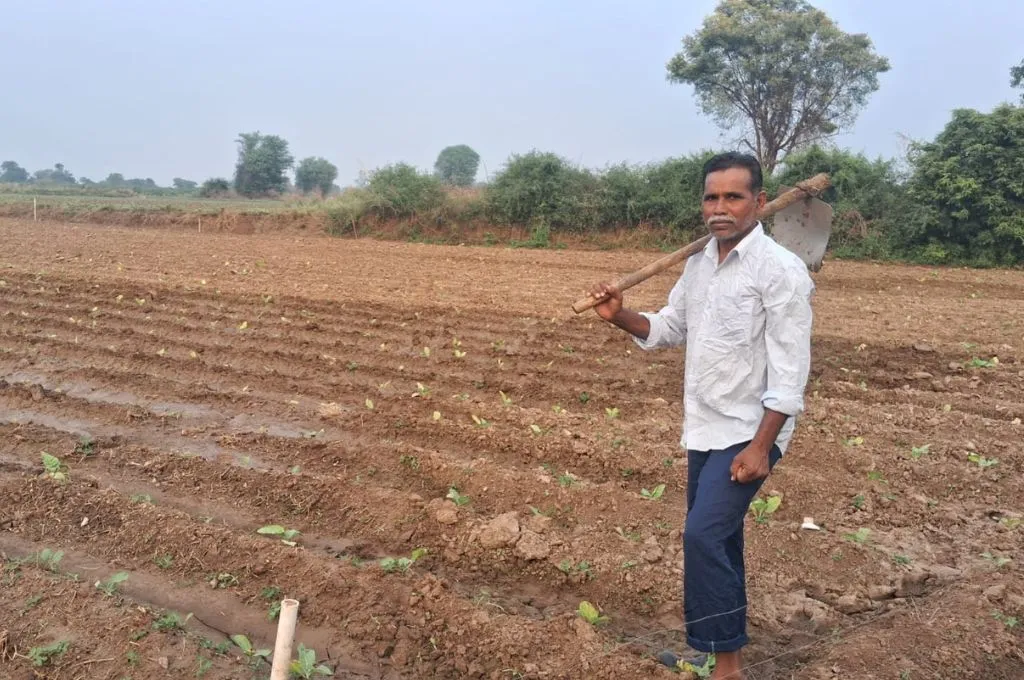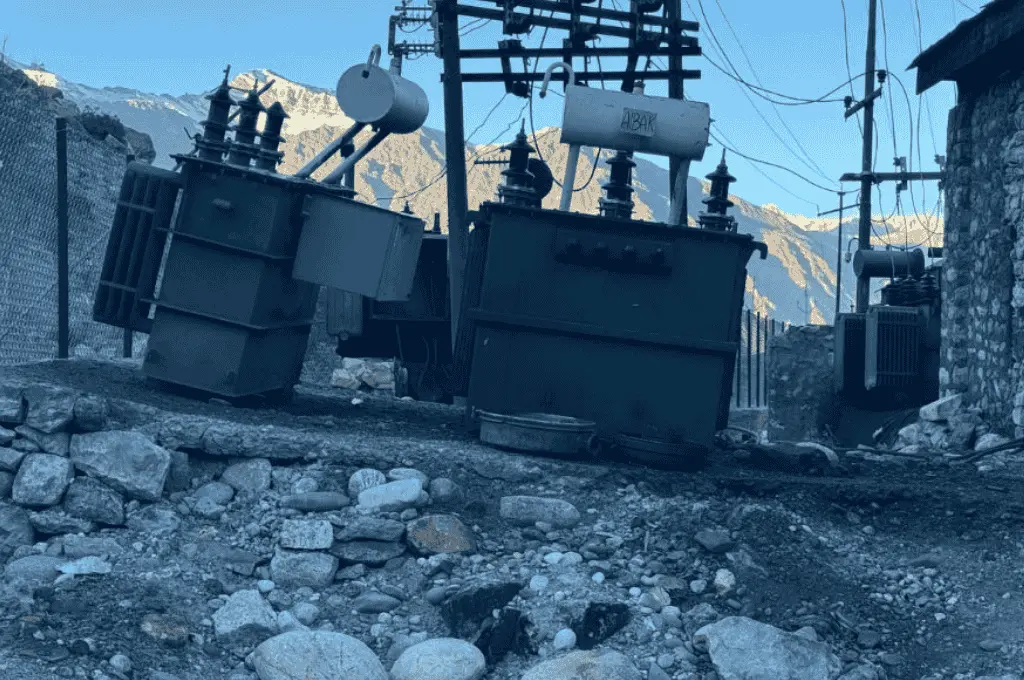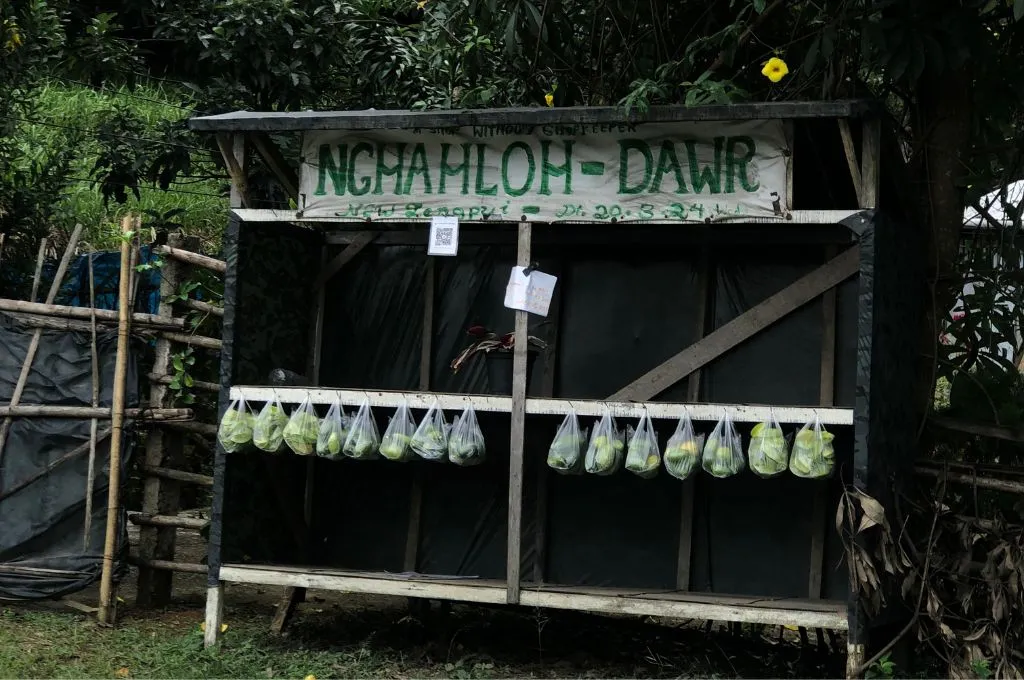For farmers in Andhra Pradesh, maize is the way out of the climate crisis

The average annual temperature in Andhra Pradesh’s Ananthapuramu district has been increasing every year. Peak summer temperatures, which ranged between 30°C and 35°C in 2014, soared to 44.7°C in 2024. Additionally, frequent dry spells and irregular rainfall have led to water scarcity. Together, these changes have impacted agriculture and necessitated climate adaptation strategies for the farmers.
Farmers in the area have traditionally grown paddy and groundnut, which are water-intensive crops. However, in 1998, after fertiliser representatives informed them about the profitability and water-efficiency of maize, they began cultivating it on a small scale. Since then, maize production has gradually increased.
Vadde Uligappa, a farmer who has been cultivating maize since 2012, says, “Irregular rains and long dry spells began to fail our crops approximately 15 years ago. Farming felt like a game of luck. But after we switched to maize, things changed. It requires less water, withstands any weather, and gives good yields. Even if the rains are erratic, we do not suffer big losses. Maize is a major poultry feed, so its demand naturally gives us good prices. Most of us do not even take loans for it.”
Paddy and other crops that require more water are now grown mostly by those who own more than 10 acres of land. “Those with borewells sometimes go for groundnuts, chillies, or cotton, and a few even try sugarcane. However, all of these crops need plenty of water and are not climate-smart like maize,” adds Uligappa.
H Prem Kumar, another farmer, says, “Earlier, we used to grow maize as an intercrop during the kharif (monsoon) season to efficiently manage the water allocated from the Tungabhadra River for both paddy and maize. Now we grow maize twice and paddy once a year.”
Maize even fetches prices comparable to paddy, so farmers don’t bear any losses. While the investment per acre for maize ranges between INR 20,000 and 30,000, farmers report earning up to INR 50,000. Poultry farm owners also procure maize directly from growers at reasonable prices. As for paddy, the total investment is between INR 30,000 and 40,000, while earnings range from INR 50,000 to 70,000—and sometimes up to INR 80,000—depending on the variety and market conditions.
Maize requires 90 percent less water and 70 percent less electricity to pump water compared to paddy cultivation.
“For paddy, we need to keep the field flooded continuously from two weeks before sowing until harvest. But we can grow maize without having to even till the land,” says Chennareddy Gopal, a farmer from Bommanahal mandal, Ananthapuramu.
Paul Babu is an independent journalist. This is an edited excerpt of an article that was originally published on 101 Reporters.
—
Know more: Learn how farmers in Rajasthan are adopting climate-resilient moong.
Do more: Connect with the author at typiaij@gmail.com to learn more about and support their work.



